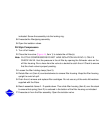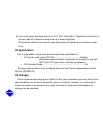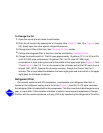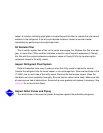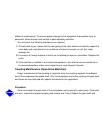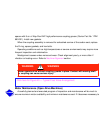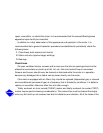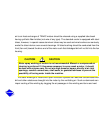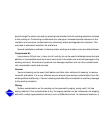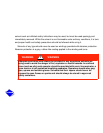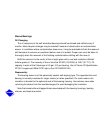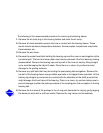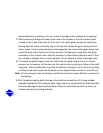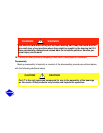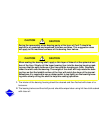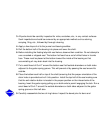
ducts through the stator core and by reducing heat transfer from the winding insulation surfaces
to the cooling air. Conducting contaminants can change or increase electrical stresses on the
insulation and corrosive contaminants can chemically attack and degrade the insulation. This
may lead to shortened insulation life and failure.
Several satisfactory methods of cleaning stator windings and stator cores are offered below:
Compressed Air
Low pressure (30 psi max.), clean (no oil) and dry air can be used to dislodge loose dust and
particles in inaccessible areas such as air vent ducts in the stator core and vent passages in the
winding end-turns. Excessive air pressure can damage insulation and can drive contaminants
into inaccessible cracks and crevices.
Vacuum
Vacuum cleaning can be used, both before and after other methods of cleaning, to remove
loose dirt and debris. It is a very effective way to remove loose surface contamination from the
winding without scattering it. Vacuum cleaning tools should be nonmetallic to avoid any damage
to the winding insulation.
Wiping
Surface contamination on the winding can be removed by wiping, using a soft, lint-free
wiping material. If the contamination is oily, the wiping material can be moistened (not dripping
wet) with a safety-type petroleum solvent, such as Stoddard solvent. In hazardous locations, a



